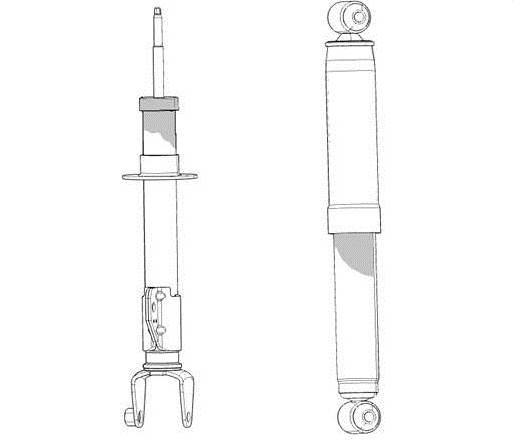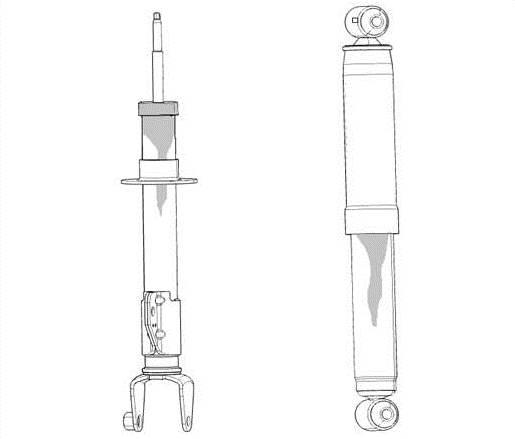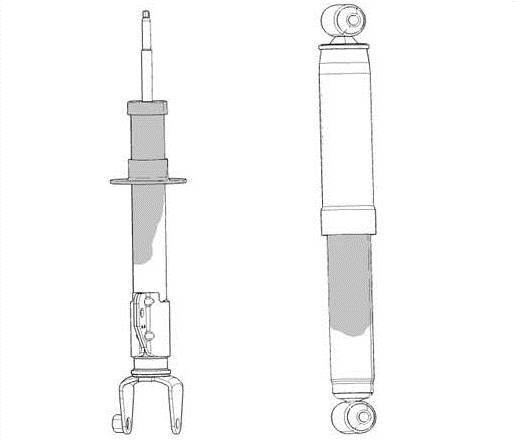| “This site contains affiliate links for which OEMDTC may be compensated” |
NUMBER: 02-001-15
GROUP: Front Suspension
DATE: January 10, 2015
SUBJECT:
Shock Strut Weeping Condition Identification
OVERVIEW:
This bulletin involves correctly diagnosing strut or shock absorber conditions involving fluid residue on the external surface.
SYMPTOM/CONDITION:
The customer may describe fluid residue on the external surface of the strut or shock absorber.
DISCUSSION:
Strut/Shock absorber piston rod seals perform 3 functions:
- Provide sealing of internal fluid.
- Seal the shock from dust and contamination in the environment.
- Self lubricate by applying a thin film of fluid to the piston rod.
NOTE: Residual fluid near the rod seal at the top of the strut/shock is normal. Only when there is noticeable dripping of fluid down the strut/shock should replacement be considered.
Use the following images as a guideline for strut/shock replacement.
Light fluid film in the top one-third of the strut/shock is considered normal (Fig. 1). Strut/Shock replacement not recommended, provided the strut/shock is functioning (dampening) as designed.
Fig. 1 Light Fluid Film – Replacement Not Recommended
Minor weep – drops of shock fluid extending down beyond one-third or more of the strut/shock body length (Fig. 2). Strut/Shock replacement is recommended.
Fig. 2 Minor Weep – Replacement Recommended
Major weep – fluid covers two-thirds or more of the strut/shock body length (Fig. 3). Strut/Shock replacement is recommended.
Fig. 3 Major Weep – Replacement Recommended
FAILURE CODE:
Information Only
